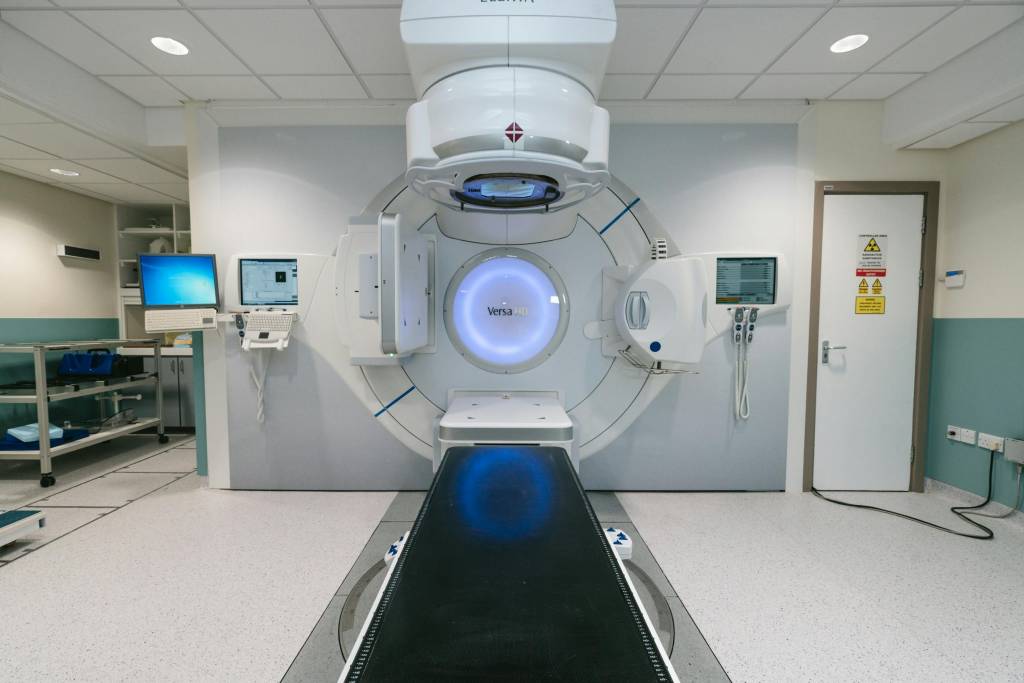Understanding the Critical Role of the Radiation Protection Advisor (RPA)
In environments where ionizing radiation plays a central role—be it in medical facilities, industrial operations, nuclear energy or advanced research—the function of the Radiation Protection Advisor (RPA) is indispensable. Ensuring not only regulatory compliance but also the long-term safety and health of workers, the RPA is the cornerstone of effective radiation protection strategies. Selecting the right RPA is not merely a bureaucratic decision; it's a crucial investment in the health of individuals and the future of the organization.
The Inherent Need for Radiation Protection
The immanent danger posed by ionizing radiation requires a proactive, calculated approach to safety. Without proper radiation control, employees can be exposed to potentially irreversible biological effects. This necessitates the implementation of radiation protection standards that are not only legally compliant but founded on the ALARA principle—As Low As Reasonably Achievable—aiming to minimize exposure to radiation through well-informed, strategic measures.
At Lemer Pax, the importance of radiation protection is acknowledged not just from a compliance perspective, but also as a permanent guarantee of security for all those who are exposed to radiation in their daily tasks. The RPA plays a pivotal role in this endeavor, offering their expertise in multiple domains including medical imaging, nuclear medicine, industrial radiography, and more.
Responsibilities at the Core of RPA Missions
The Radiation Protection Advisor’s work encompasses a wide range of tasks critical to maintaining a safe radiation environment. A proficient RPA doesn’t merely follow the rulebook; they interpret, adapt and implement evolving best practices in accordance with the Labour Code and Public Health Code, especially in sectors where innovation is rapidly advancing.
The essential responsibilities of an RPA include:
- Verification, maintenance, and calibration of radiation-emitting equipment
- Classification of workers based on radiation dose exposure risks
- Assessment and delimitation of controlled and supervised areas
- Implementation of emergency procedures for accidental exposure
- Monitoring exposure to workers, the public, and the environment
- Training and continued education for staff handling ionizing radiation
By conducting thorough risk assessments and crafting preemptive strategies, the RPA ensures that every stakeholder—from staff to patients, and even the surrounding environment—is kept safe.
The RPA: Driving Risk Mitigation Across Industries
A Radiation Protection Advisor's contribution transcends daily operations. They are key actors in formulating long-term safety strategies, especially in sectors where exposure to ionizing radiation is not only inevitable but intrinsic to the activity. This includes:
- Healthcare: nuclear medicine, radiology, and oncology wards
- Industry: non-destructive testing, energy generation, radioactive material processing
- Scientific research: particle accelerators, research laboratories
- Defense and security: military applications involving radiation technologies
As technologies evolve and applications of radiation continue to expand, the advisory role of the RPA becomes indispensable in anticipating new risks and establishing proactive safety protocols before problems arise. This highlights the importance of choosing a RPA who not only meets credentialing standards but also demonstrates foresight and innovation capabilities.
Why Experience and Innovation Matter
At Lemer Pax, Radiation Protection Advisors are selected not only for their regulatory expertise but also for their ability to contribute to the development of next-generation radiation protection solutions. In fact, the RPA is deeply integrated in product development cycles in close partnership with the Design Office team.
This close coordination ensures that the safety dimension is not retrofitted into innovation but embedded from the earliest concepts. New solutions, whether it be shielding devices or protective materials, undergo rigorous testing and risk analysis supervised by the RPA.
An example of this collaborative innovation is Novashield® Glass, one of Lemer Pax’s groundbreaking developments. Overseen by our RPA throughout its manufacturing process, Novashield® Glass is a lead-free, transparent, and eco-friendly material that provides effective protection against both neutrons and gamma/X-rays. Developed over 16 years of R&D and protected by multiple patents, this cutting-edge glass meets the high demands of sectors such as interventional radiology, space exploration, and defense.
The Added Value of the RPA in Equipment Development
Every safety-oriented product that comes out of Lemer Pax's development pipeline has, at some stage, been reviewed and improved upon by the in-house RPA. This synergy ensures that safety criteria are fulfilled without compromising performance, usability or innovation potential.
For instance, Novashield® Glass, developed from hydrogenated polymer matrices infused with radioprotective nanoparticles, owes part of its success to careful assessment and continued monitoring by the RPA, emphasizing their role in both innovation and risk management. Such collaborations ensure the design of radiation protection materials that are not only compliant with regulations but also aligned with field requirements and industry needs.
The role of the Radiation Protection Advisor (RPA) doesn’t stop at ensuring current regulations are followed. It evolves with emerging technologies, changing work environments, and expanding radiation applications, making their role central to the future of radiation safety.
What Makes a Competent RPA?
Choosing the right RPA requires more than verifying academic qualifications or certifications. Companies and institutions must look for a combination of:
- Practical field experience across sectors where ionizing radiation is used
- Solid knowledge of national and international regulations
- Demonstrated leadership in training and awareness-raising within teams
- Ability to write detailed yet accessible safety documentation
- Capability to integrate safety needs early in product and process design
Moreover, in fast-evolving sectors like nuclear medicine and aerospace missions, adaptability and a strong sense of innovation are key. Organizations should ensure their RPA maintains continuing education and regularly participates in networks or working groups on radiation protection advancements.
Collaboration: The Key to Tailored Safety Solutions
Radiation cannot be seen or felt. It offers no direct warning before harm is done. This makes collaboration between the RPA and all stakeholders—from architects designing hospital wings to engineers developing shielding materials—crucial. At Lemer Pax, collaboration between the RPA and external Radiation Protection Advisors (hospitals, clinics, research centers) ensures that equipment and environments meet on-the-ground needs, not just laboratory benchmarks.
This nested collaboration yields tailored solutions, adapted to specific contexts, instruments, and exposure scenarios. The result: equipment and procedures that are safer, more ergonomic, and future-ready.
Why the Right Choice of RPA Is a Strategic Decision
Ultimately, choosing the right RPA is about more than ticking a compliance checkbox. It’s about integrating a culture of safety into the DNA of your operations. An effective RPA allows companies to:
- Reduce occupational exposure to ionizing radiation
- Prevent incidents and ensure rapid and effective emergency response
- Streamline compliance with regulatory requirements
- Contribute to sustainable innovation in safety and medical care
- Boost trust and well-being among employees, patients, and stakeholders
In today’s technological landscape, where radiation plays a role in diagnosis, treatment, research and power generation, radiation safety is not a luxury—it’s a fundamental responsibility. The RPA, by guiding and supporting preventive actions, remains a guardian of both individual health and broader organizational integrity.
At Lemer Pax, this vision is reflected in the daily work of our RPA, who combines advanced scientific expertise, field know-how and a commitment to innovation. Their contribution touches everything from internal protocols to the latest generation of protective materials, making their role irreplaceable across all levels of radiation protection management.










